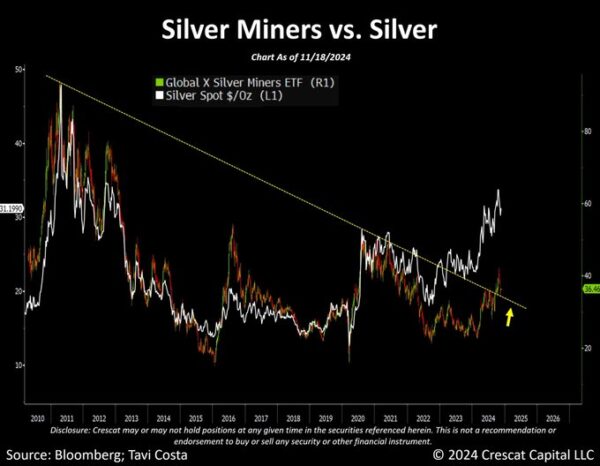Abstract
Heat-shield design for spacecraft entering the atmosphere of Mars may be affected by the presence of atmospheric dust. Particle impacts with sufficient kinetic energy can cause spallation damage to the heat shield that must be estimated. The dust environment in terms of particle size distribution and number density can be inferred from ground-based or atmospheric observations at Mars. Using a Lagrangian approach, the particle trajectories through the shock layer can be computed using a set of coupled ordinary differential equations. The dust particles are small enough that noncontinuum effects must be accounted for when computing the drag coefficient and heat transfer to the particle surface. Surface damage correlations for impact crater diameter and penetration depth are presented for fused silica, AVCOAT, shuttle tiles, cork, and Norcoat® Liège. The cork and Norcoat Liège correlations are new and were developed in this study. The modeling equations presented in this paper are applied to compute the heat-shield erosion due to dust particle impacts on the ExoMars Schiaparelli entry capsule during dust storm conditions.


